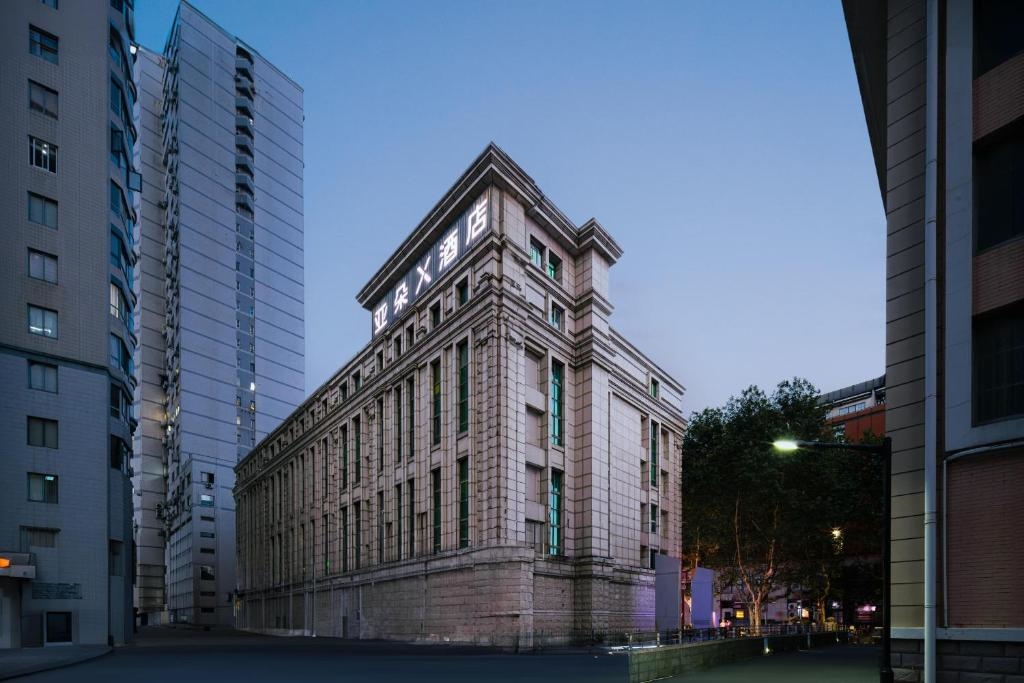A Guide to Exchanging Money in Xujiahui District
Xujiahui District, located in the bustling city of Shanghai, is a vibrant area known for its shopping centers, historical sites, and modern amenities. Whether you’re a tourist or a business traveler, knowing how to exchange money efficiently in this district can enhance your experience. This guide provides practical tips and locations for exchanging currency in Xujiahui.
Where to Exchange Money
In Xujiahui, you have several options for exchanging money. Banks are the most reliable and secure places to exchange currency. Major banks like Bank of China, ICBC, and China Construction Bank have branches in the district. These banks offer competitive exchange rates and are open from Monday to Friday, typically from 9 AM to 5 PM. Some branches may also open on weekends, but it’s best to check their specific hours in advance.
Currency exchange kiosks are another option. These are often found in shopping malls and tourist areas. While they offer convenience, their rates might not be as favorable as those at banks. Always compare rates and check for any additional fees before proceeding with a transaction.
Tips for a Smooth Exchange
Before heading out to exchange money, it’s wise to check the current exchange rates online. Websites like XE.com or financial news platforms provide up-to-date information. This knowledge will help you identify the best rates and avoid unfavorable deals.
When exchanging money, always bring your passport, as it’s required for identification. Some places may also ask for your visa or entry stamp, so having these documents handy can save time. Additionally, it’s advisable to exchange larger amounts at once to minimize transaction fees.
Be cautious of street vendors offering currency exchange services. While they might seem convenient, these vendors often provide poor rates and can be risky. Stick to official establishments to ensure a safe and fair transaction.
Using ATMs for Currency Exchange
ATMs are a convenient way to access local currency. In Xujiahui, you’ll find ATMs at banks, shopping centers, and metro stations. Most ATMs accept international cards, but it’s essential to inform your bank of your travel plans to avoid any issues.
When using an ATM, opt for machines located inside bank branches or well-lit areas for safety. Be aware of any fees your bank might charge for international withdrawals, and consider withdrawing larger amounts to reduce the frequency of transactions.
ATMs typically offer competitive exchange rates, but it’s still a good idea to compare them with other options. Keep your transaction receipts, as they can be useful for tracking expenses and resolving any discrepancies.
